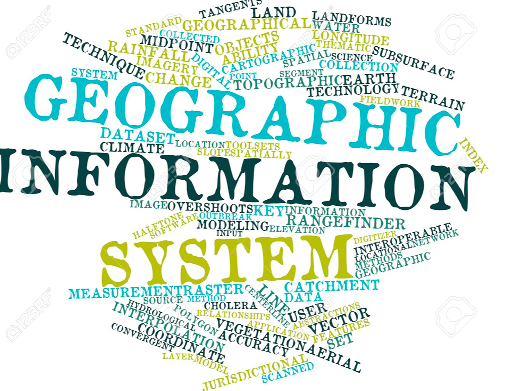
What is geographic information system?
Location is key. Without location information, it is virtually impossible to function effectively as an individual, organisation or even government in the modern world. Imagine you want to move from one point to another; without a map, you will likely spend a lot of productive time getting nowhere. Mapping has no doubt changed the way we think about location, providing us with valuable decision-making tools to get to places and better understand our environment and the changes around.
Advertisement
To do this, geographers use an important tool; geographic information system or geospatial information system (GIS) to capture, store, manipulate, analyse, manage and present spatial or geographic data.
The history of GIS dates back to 1854, when the father of epidemiology, Dr John Snow, made a paper-based analysis of cholera outbreak which occurred in the city of London, England by mapping out outbreaks and linking them to water sources, roads, property boundaries and locations.
By creating these cholera clusters, he established that cholera outbreaks were occurring along water lines and that the disease was not spread by air as people generally assumed. The work of John Snow not only birthed spatial analysis and epidemiology (the study of the spread of diseases) but also provided evidence that GIS was a problem-solving tool.
Over time GIS, evolved to be a major significant subject area fuelled by combination of several technologies and subject areas such as computer mapping, databases, computer science, mathematics, computer aided design, statistics etc.
How does it work?
GIS works by combining database functions with computer mapping to analyse and represent geographic data.
By using a “layering” method, it is able to combine various types of spatial data such as vector (representation of the earth at various levels of detail) and raster (representation of the world using points, lines and polygons) which have spatial referencing systems namely latitudes and longitudes that locate positions on earth’s surface.
Though maps are an integral part of GIS, it transcends this since it can perform complicated analysis and present the outcome as tables or graphs for decision making by presenting various options.
GIS processes can be segmented into four key areas; starting with an area of inquiry such as deciding on the best location to site a dam, acquiring data, analysing that data and finally taking a course of action in consonance with the output of GIS.
In addition to processes, GIS requires the use of software and hardware. The software can be segmented into propriety ones, which usually require licensing and payment of fees, and the open source ones which are developed by communities of practice and can be used without restrictions.
One popular hardware in GIS is the Global Positioning System (GPS) which uses satellites that orbit earth to send information to receivers that are on the ground, thereby helping a user to determine his or her location at any given time.
GIS Applications in action
Businesses all over the world are now making use of GIS to run cost-effective operations while increasing their profitability. Sectors such as banking, insurance, real estate, supply chain, logistics, retail, media and entertainment are all leveraging it to their advantage. Banks for example rely on GIS in strategically deciding where to locate their branches and automated teller machines (ATMs) in order to reach the most number of clients effectively.
GIS can be applied in almost every endeavour because a lot of decision making is premised on location. GIS can be utilised in crime mapping, location of industries, road construction, dam building, waste management, management of epidemic outbreaks, among others.
The agriculture sector is one of the areas in which GIS plays a very critical role worldwide. There are a myriad of applications of GIS technologies in agriculture, including provision of information on best location to grow certain crops, mapping out the location of farms in order to provide them with effective extension services, when to start production of crops, location of livestock in the least disease-occurring locations and understanding the impact of weather on production.
Ghana has a long history of the use of GIS in a lot of areas, especially supported by a world-class research and teaching facility called the Centre for Remote Sensing and Geographic Information Services at the University of Ghana, Legon.
There are also a number of active private firms who are supporting the usage of GIS in the country as well by offering solutions and capacity building not only to the private sector but government and non-profit as well.
Conclusion
GIS technologies are a critical tool for supporting the development of any country. Given the fact that we have a lot of spatial planning problems in Ghana and other African countries, effective deployment of GIS as a solution can go a long way to aid in better decision making for sustainable development.



